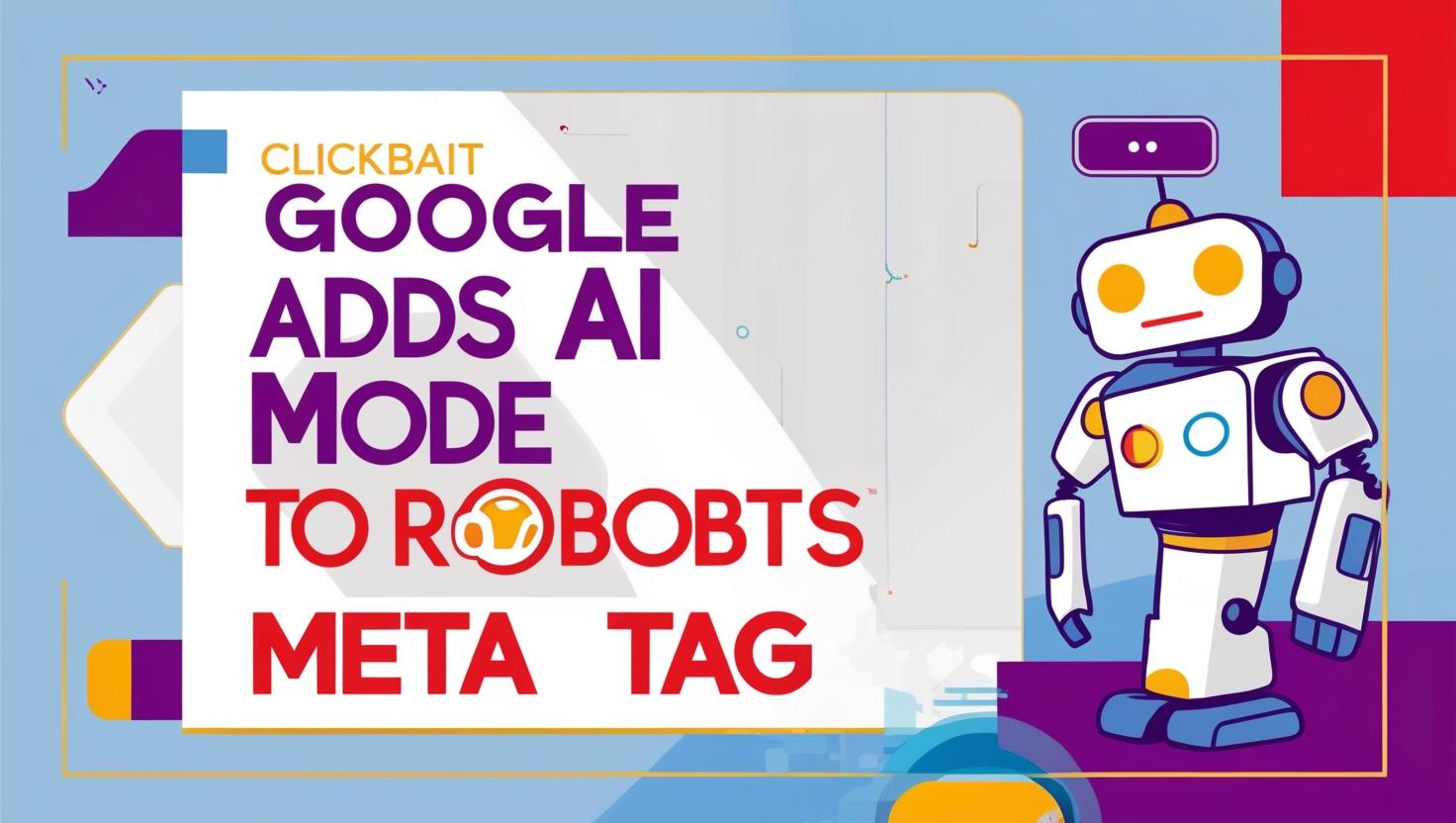Google is again raising the bar in innovation, and this time in experimenting with merging ads into its new AI Mode. This trend has raised the eyebrows of online marketers as well as netizens. Will it affect how users interact on the web? And most important of all, how can marketing professionals prepare for this change? Let’s check it out.
What is Google’s AI Mode?
Google’s AI Mode is one aspect of its larger effort to incorporate generative AI into its search engine. AI Mode enables users to engage with Google Search in a conversational interface, giving them rich, contextually informed responses to sophisticated questions. Rather than simply presenting a list of links, AI Mode combines information from various sources and presents it in a more consumable form.
For instance, when you ask, “What’s the best way to organize a trip to Italy?” Google’s AI Mode could produce a how-to guide, from flight arrangements to hotel suggestions and top tourist spots—all within one answer. That this is changing from the usual search results to AI-based answers is revolutionary, but raises concerns about how ads will be incorporated into this new landscape.
Google’s Plan to Integrate Ads into AI Mode
According to recent reports, Google announced that it is looking into adding ads to its AI Mode. The company explained to Adweek that it would “explore bringing ads into this new search experience.” Although details are still thin, here’s what we know so far:
- Ads in Conversational Interfaces: In contrast to the usual search advertisements that show up above or below organic listings, ads in AI Mode may be interwoven in the conversational stream. For example, when a user requests product suggestions, Google would insert sponsored suggestions along with its AI-generated answer.
- Native Advertising: Google would probably emphasize the native ads which integrate perfectly into the AI-driven content. That way, advertisements are less interruptive and highly contextual to the query of the user.
- Contextual Relevance: Google’s AI would have to look at the user’s query and context to show highly relevant ads. For instance, if a user queries, “What is the best budget laptop for students?” the AI may suggest sponsored laptops that match the criteria.
- AI Training and Ethics: Google’s AI models would have to be trained to differentiate between organic material and ads, keeping them transparent. Users need to know at all times whether they’re dealing with sponsored material or not.
- Performance Metrics: Standard metrics such as CTR and impressions may not be relevant in AI Mode. New metrics may need to be created to measure ad performance in this context.
One fear is that AI Mode’s conversational interface may decrease ad performance. If users receive all the information they require from the AI response, they may not click through to advertisers’ sites, which could decrease click-through rates (CTR) and conversions.
Implications for Digital Marketers
The introduction of ads within AI Mode offers both opportunities and challenges for digital marketers:
| Opportunities | Challenges |
| AI’s ability to understand user intent could lead to more precise ad targeting. | In case users get all the necessary information from the AI response, they may fail to click through to advertisers’ sites. That may decrease the CTR. |
| Can experiment with new ad formats that align with the conversational nature of AI Mode. | People may become used to disregarding ads in conversational interfaces. |
| If executed correctly, native ads in AI Mode may result in increased engagement rates since users will be more willing to engage with ads that feel like they belong to the conversation. | The more Google fine-tunes ad integration, the more competition there may be for ad placements in AI Mode, increasing prices. |
What Does This Mean for Users?
For users, the inclusion of ads in AI Mode might be a double sword. On the one hand, extremely relevant and unobtrusive ads could make the search process better. On the other hand, there’s a possibility of ads coming across as intrusive or manipulative, particularly if they’re not explicitly labeled.
Google will have to find a fine balance between monetization and user trust. It will have to be transparent—users will always need to understand when they’re viewing sponsored content.
How Should Marketers Prepare?
Even though Google’s ad integration in AI Mode is currently experimental, marketers can begin getting ready for this transition:
- Make your ads as relevant as possible to the needs and intent of your target audience.
- Begin testing ad formats that perform well in conversational environments.
- Track the effect of AI Mode on your ad performance and be prepared to adjust your strategy.
Conclusion
Google’s foray into ads in AI Mode is a brave move that can change the future of search advertising. Though technical and ethical issues are large, the advantages to both marketers and users are just as compelling. As with every paradigm shift in the digital space, the success formula will be innovation and adaptability.



